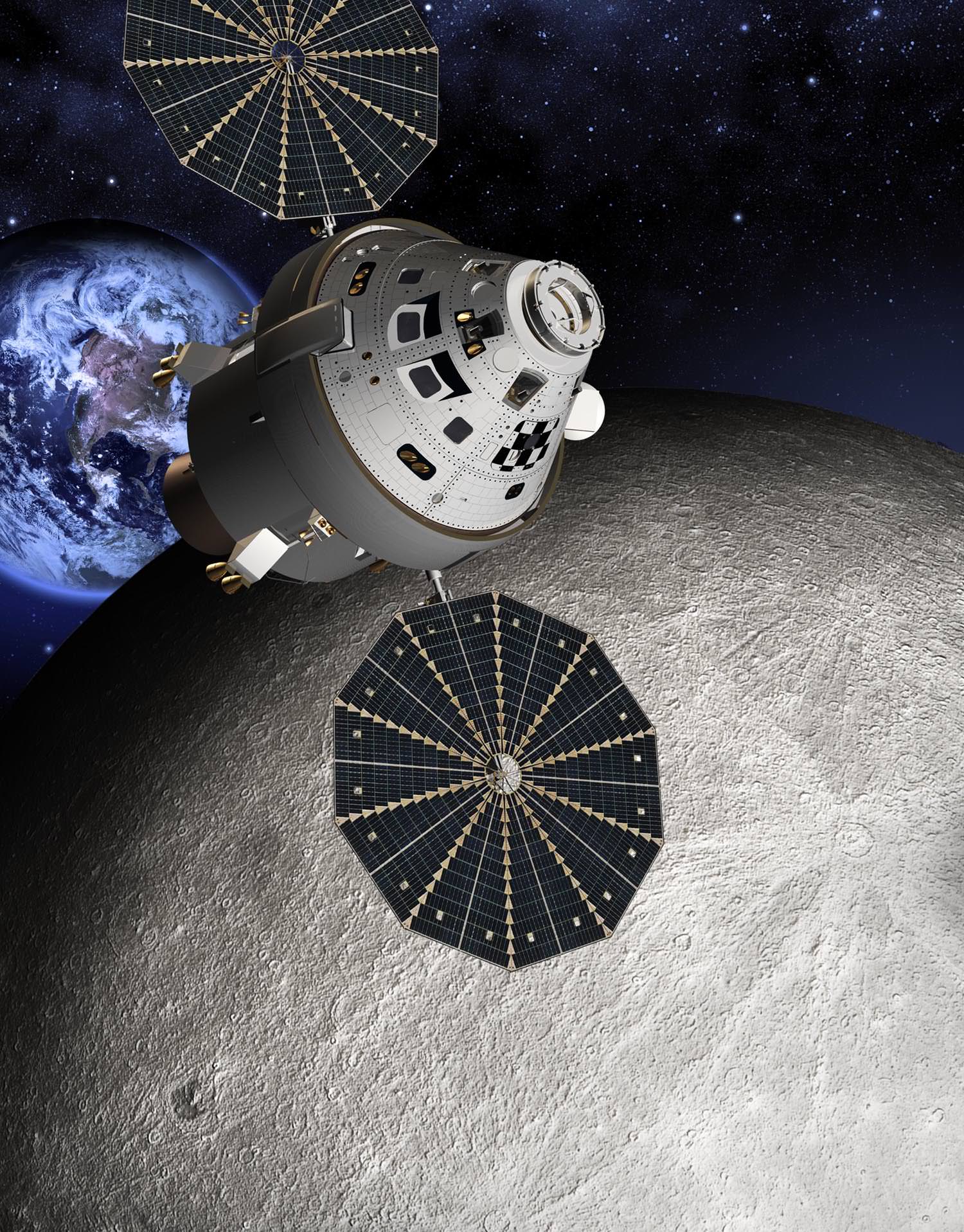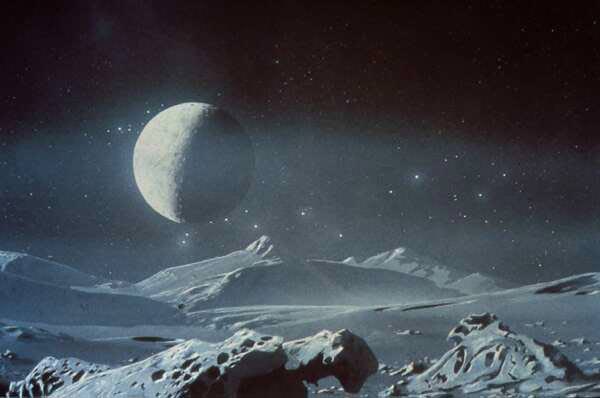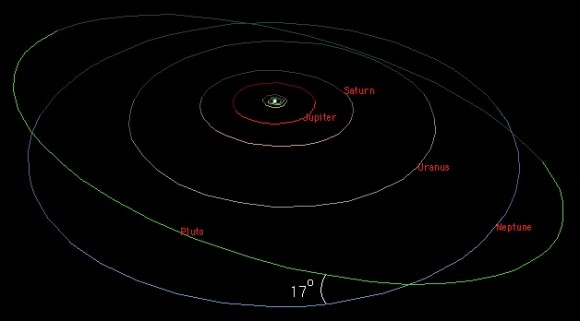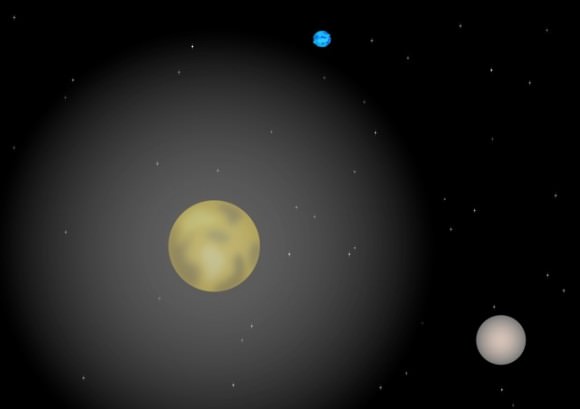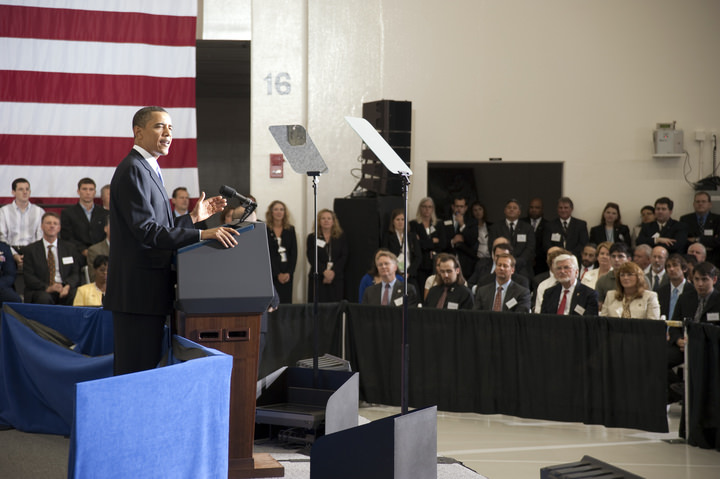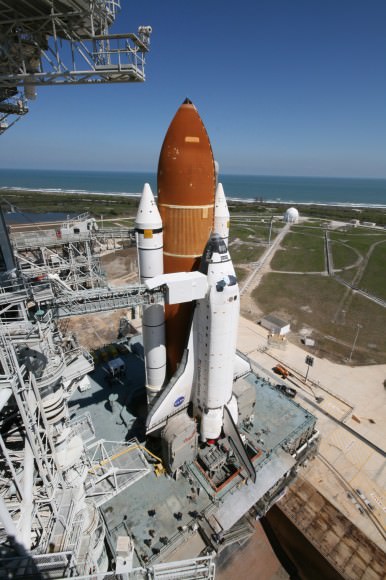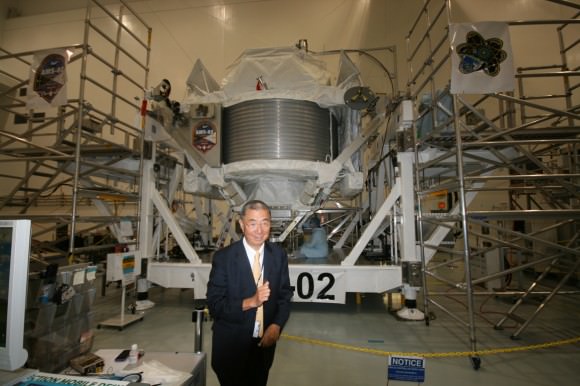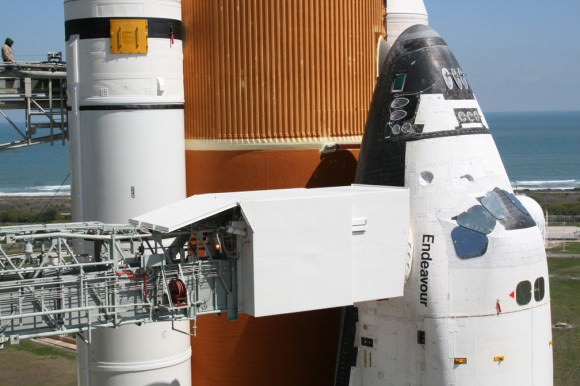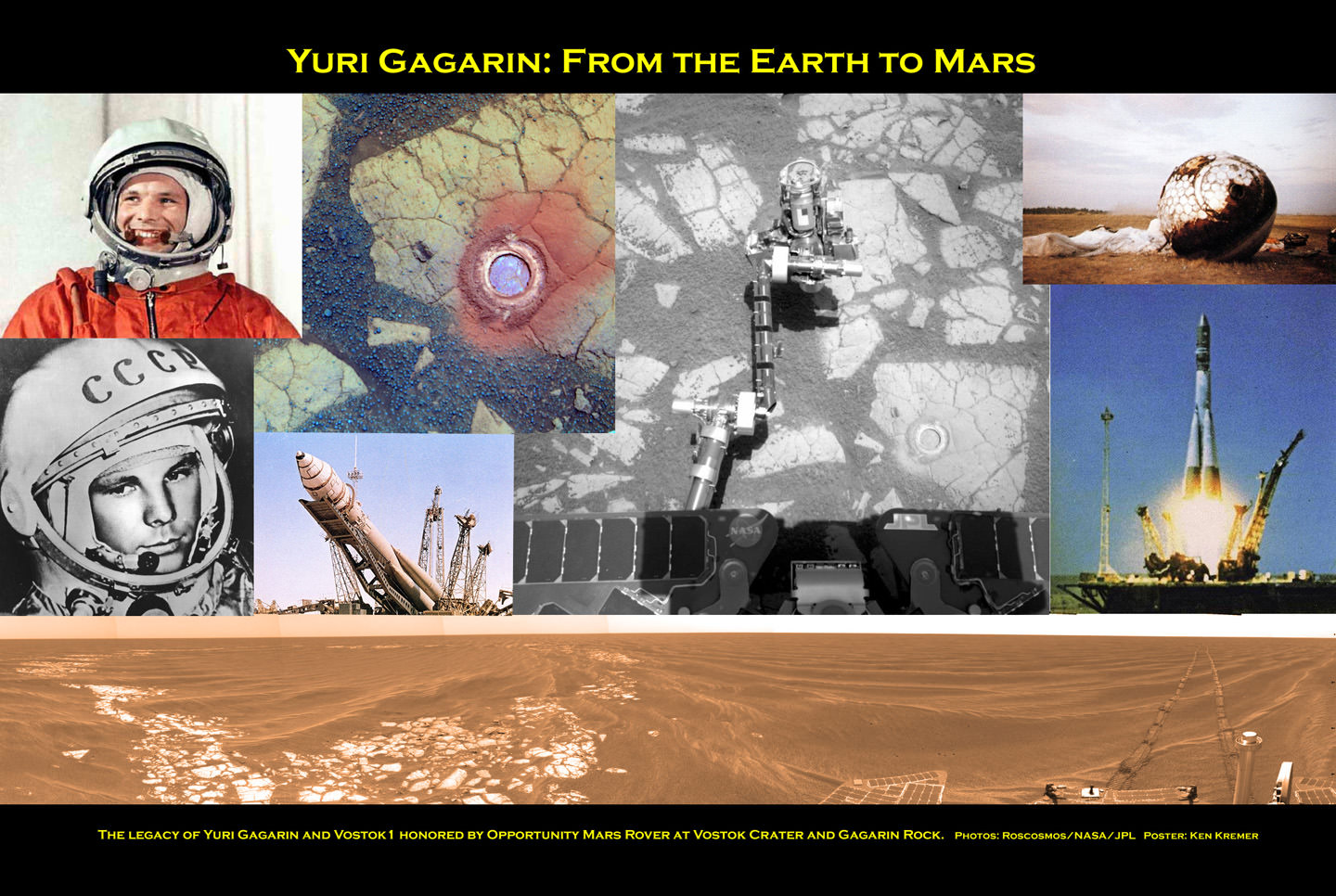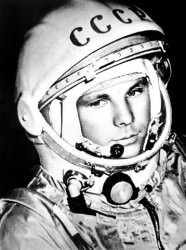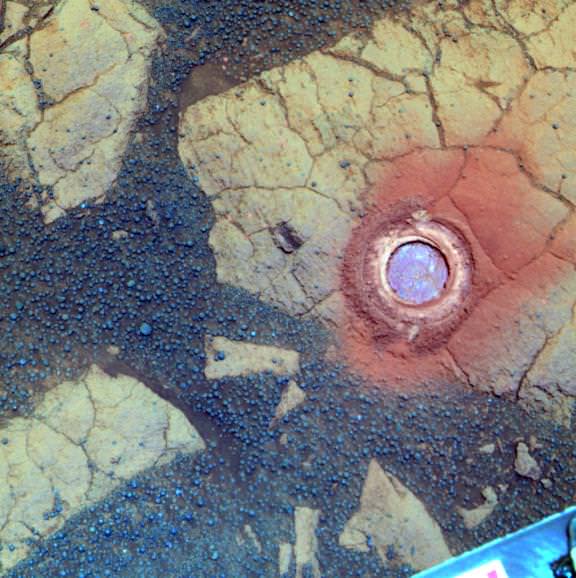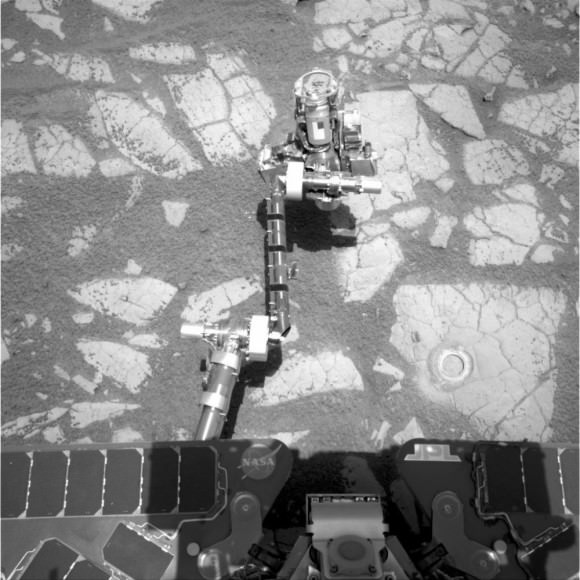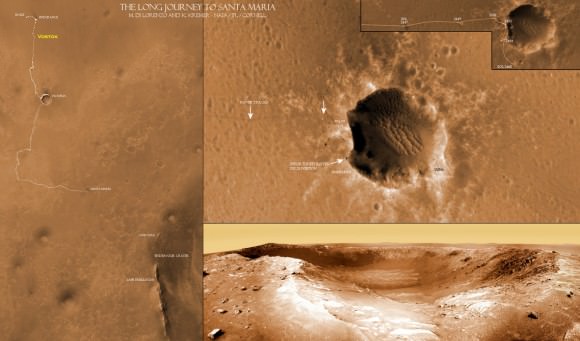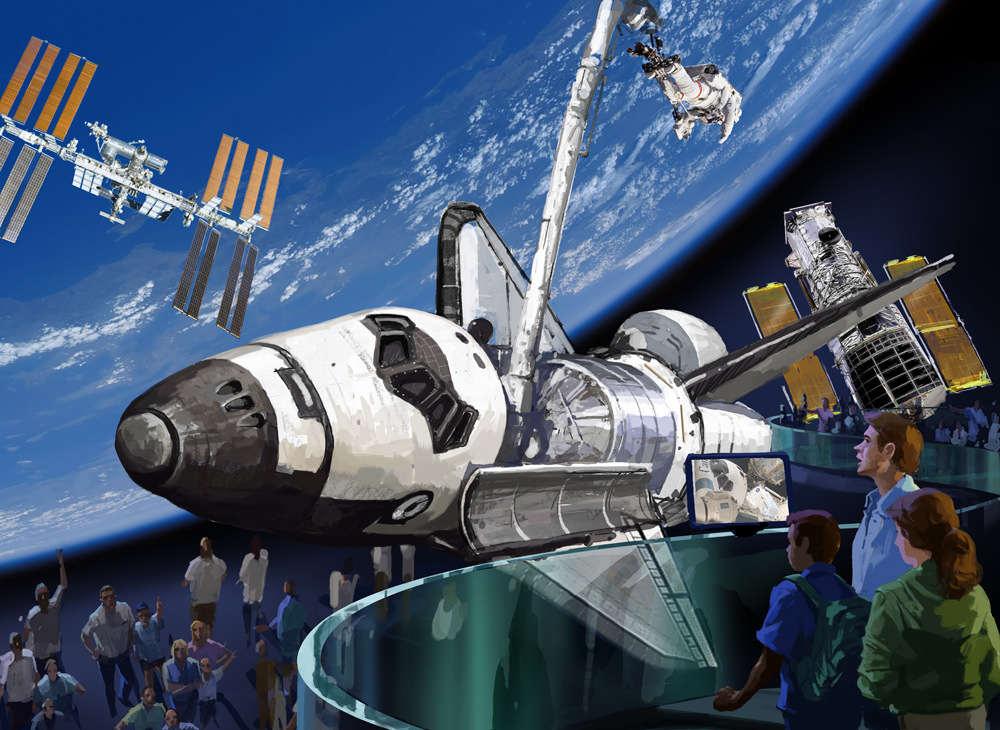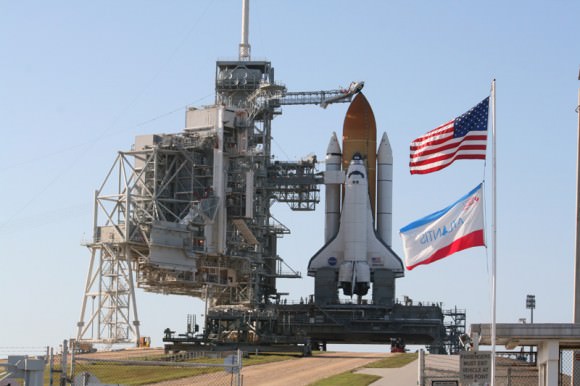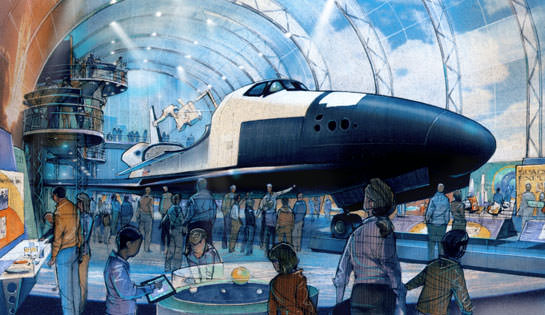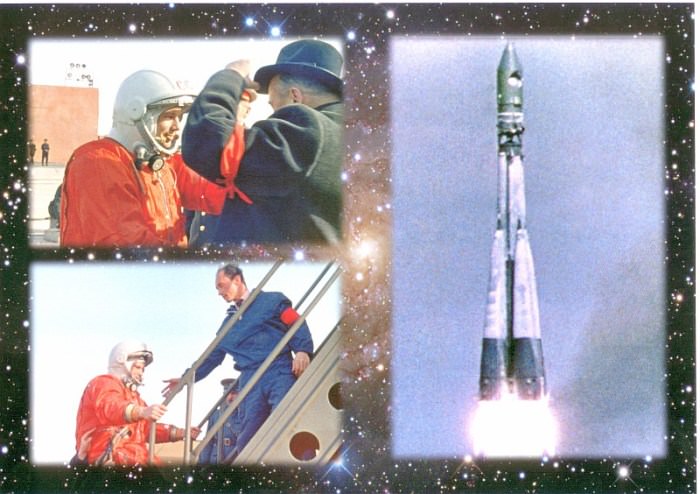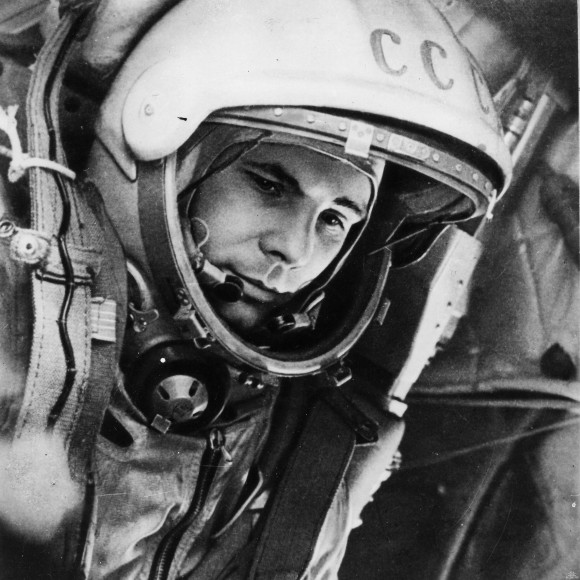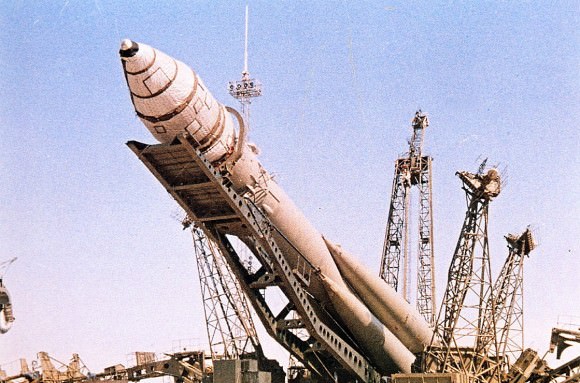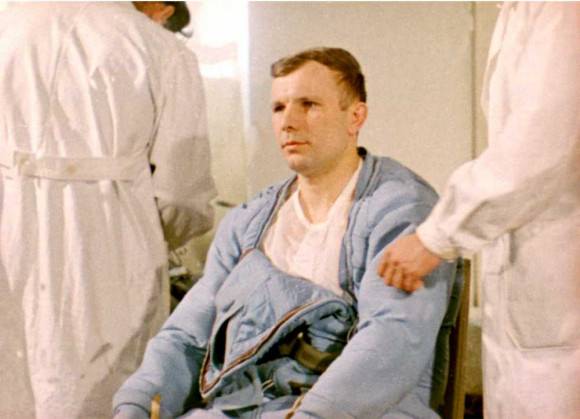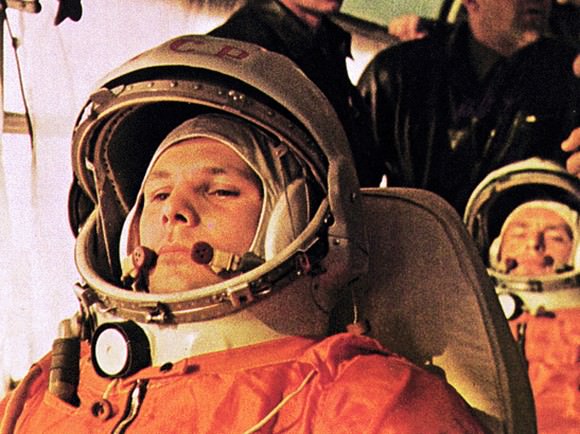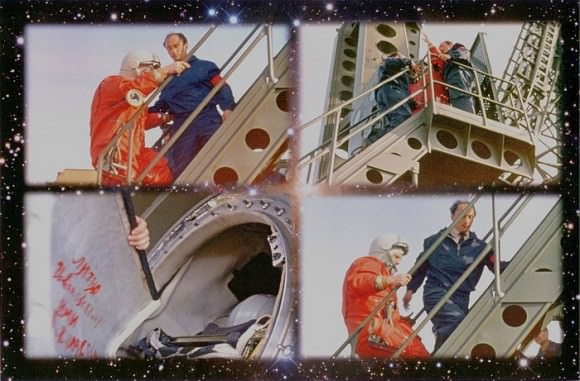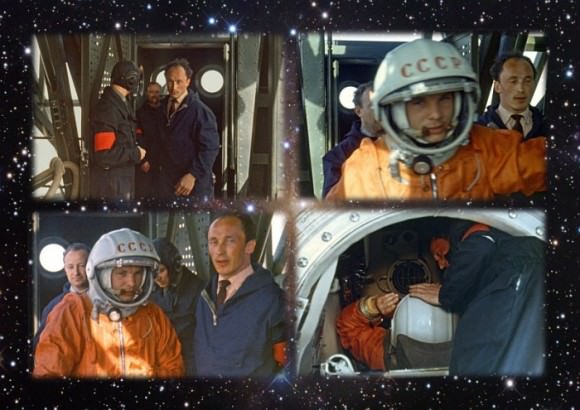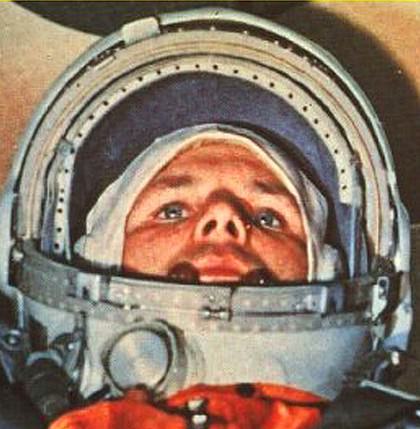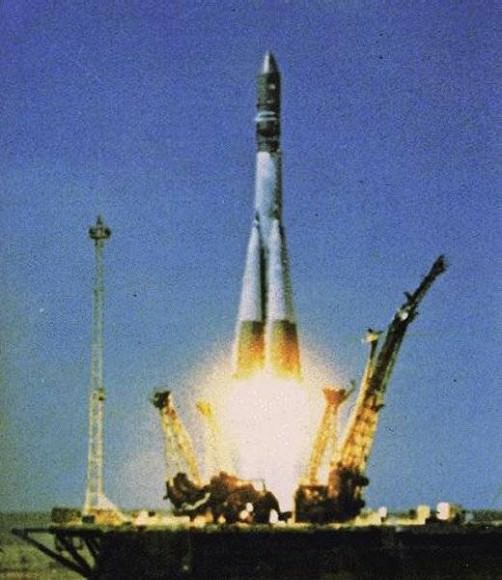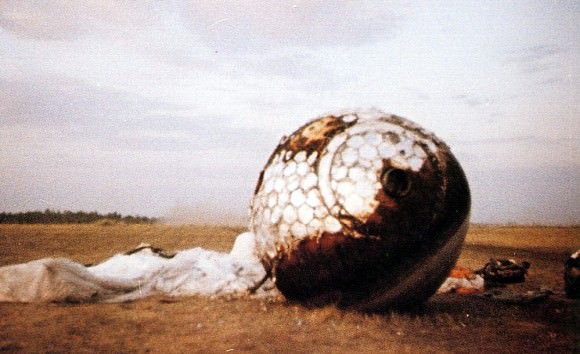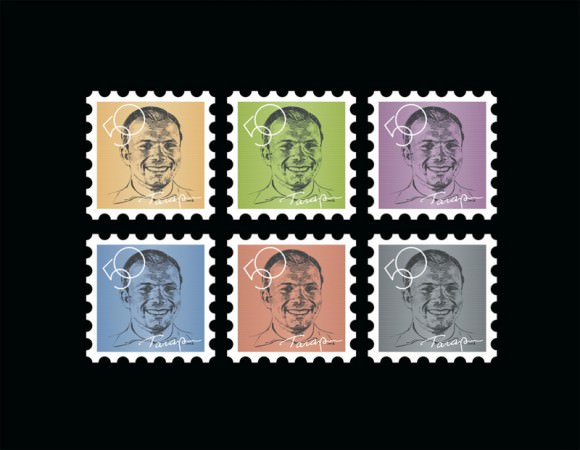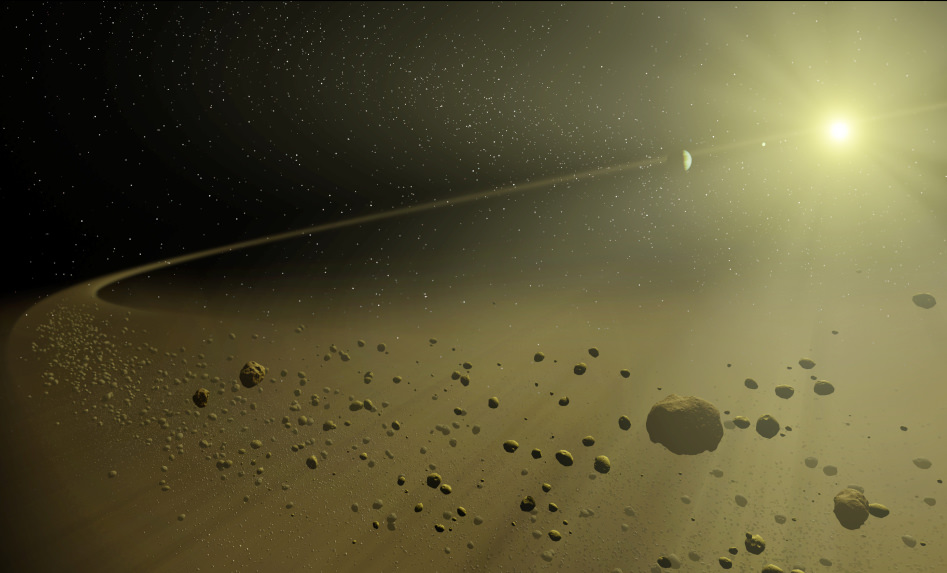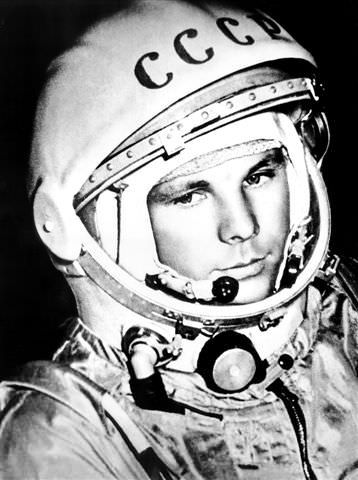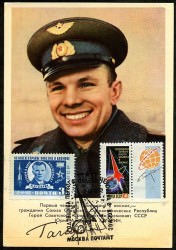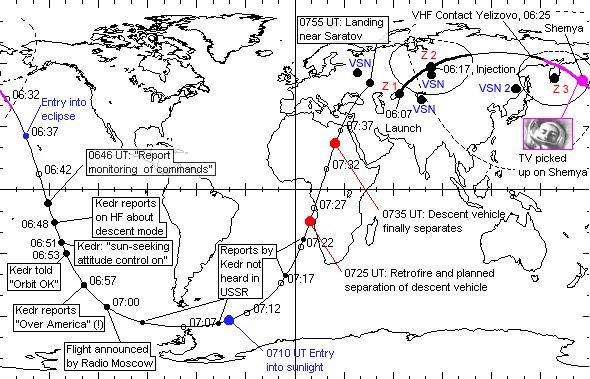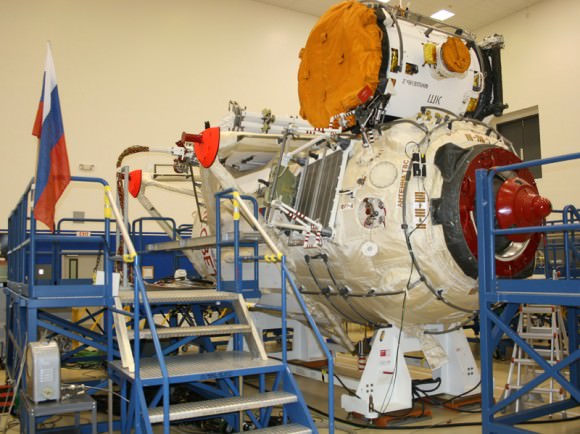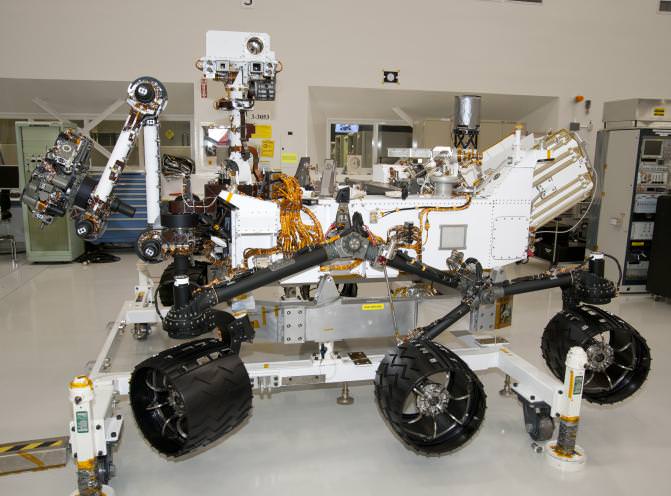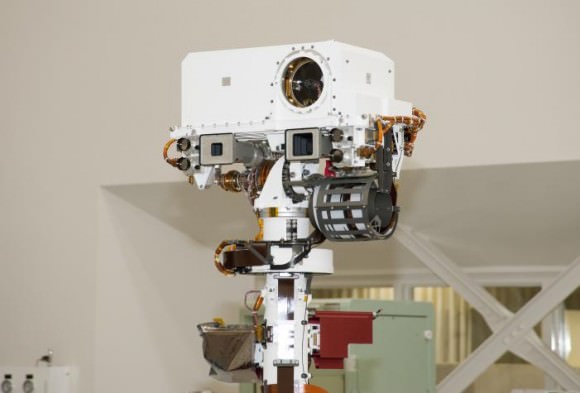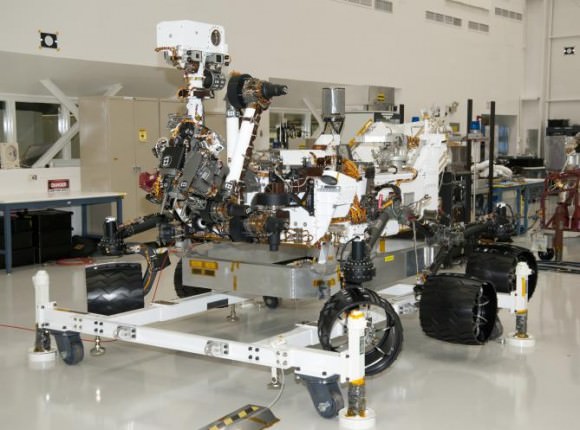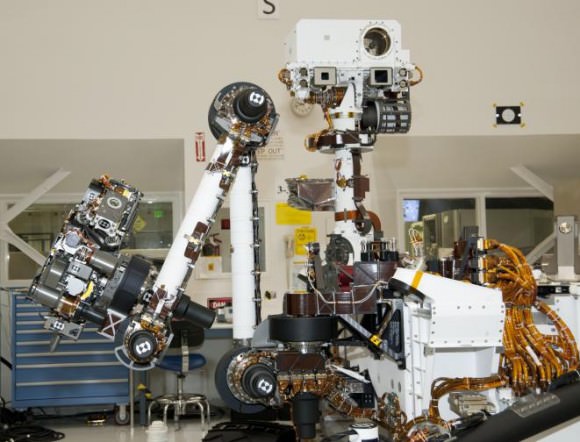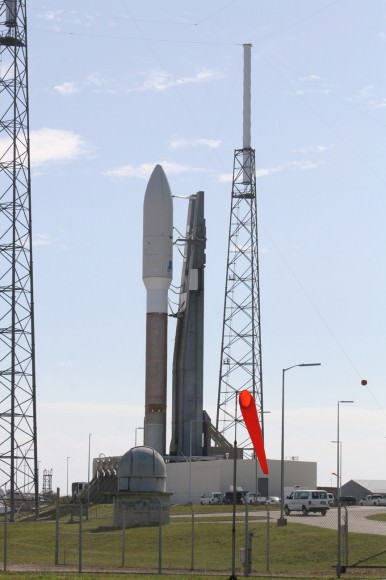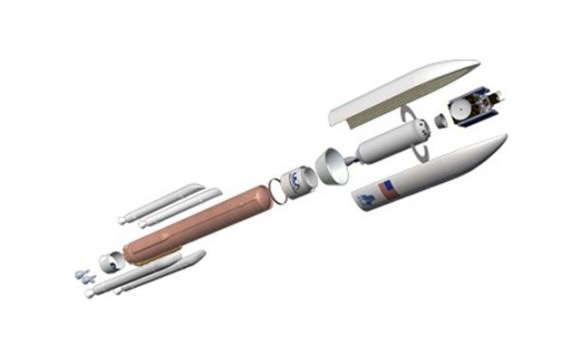[/caption]
KENNEDY SPACE CENTER – Despite utilizing just half the work force originally planned and cutting back further on the original test program, Lockheed Martin is now accelerating the Orion Multi-Purpose Crew Vehicle (MPCV) launch schedule and aiming to achieve an Earth orbital flight by 2013 and a human crewed flight as early as 2016. The first Orion crew cabin has been built and construction of the second spacecraft has begun.
What’s more is that a bold “manned mission beyond low Earth orbit and even a lunar fly by is possible in 2016 if NASA’s new heavy lift rocket is developed in time,” says John Karas, vice president of Lockheed Martin’s Human Space Flight programs, in an exclusive interview with Universe Today. A bipartisan majority in Congress recently approved funding for the Heavy lift booster and mandated that the first flight occur in 2016.
“In order to go to the moon, we need NASA’s new heavy lifter,” Karas explained. Orion was designed with the capability to fly human crews to low Earth orbit (LEO) and the International Space Station, as well as beyond to deep space, the Moon, Asteroids, Lagrange Points and Mars.
Orion is NASA’s next generation crew vehicle and is intended to someday replace the Space Shuttle program, which will be fully retired just three months from now.
The second to last shuttle flight – STS 134 – is slated for launch this week on April 29 and President Obama and the entire First Family will attend.
Lockheed Martin is the prime contractor for Orion under a multi-year contract awarded by NASA in 2006.
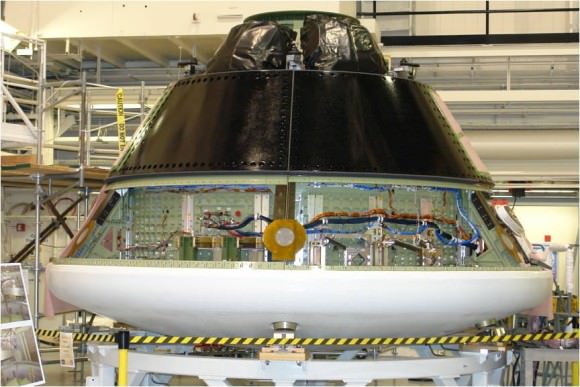
Orion crew module during recent installation of back shell panel at Lockheed Martin’s Vertical Test Facility in Denver, Colorado. Credit: NASA
Karas told me that the streamlined test program would involve flying one Orion mission per year – of increasing complexity – from 2013 to 2016. “Lockheed Martin is working with NASA to determine what are the right launch vehicles and the right missions.”
American astronauts could return to the moon in 5 years after a more than 40 year long hiatus.
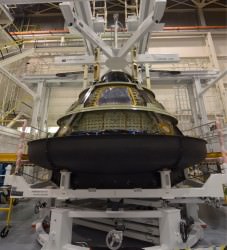
“Right now we are building a brand new crew cabin for the first Orion mission; OFT-1. But everything depends on the budget.”
“For the inaugural Orion test flight in 2013 NASA is considering a Delta IV Heavy booster rocket,” Karas said. “The Atlas V is not powerful enough to send the whole 50,000 pound spacecraft into orbit. With an Atlas we could only launch an Orion crew module. You would have to have delete the Service Module (SM) and /or other subsystems.”
“Orion would be lofted some 7,000 miles out, and then sent back for Earth reentry to simulate something close to lunar velocity, around 80% or so. So we would definitely be testing the deep space environment. Therefore the test flight would be a lot more involved than just a simple Earth orbital reentry.
“For the first Orion mission, we will put as much capability on it as possible depending on the budget,” Karas amplified. “But it’s unlikely to have solar arrays without a few hundred million more bucks. The capability is money limited.”
“The 2014 flight could be a high altitude abort test or perhaps something else.”
“Then a full up unmanned test flight would follow in 2015,” Karas explained.
“If we have a heavy lifter, the 2016 flight with the first human crew could be a deep space mission or a lunar fly by lasting more than a week.”
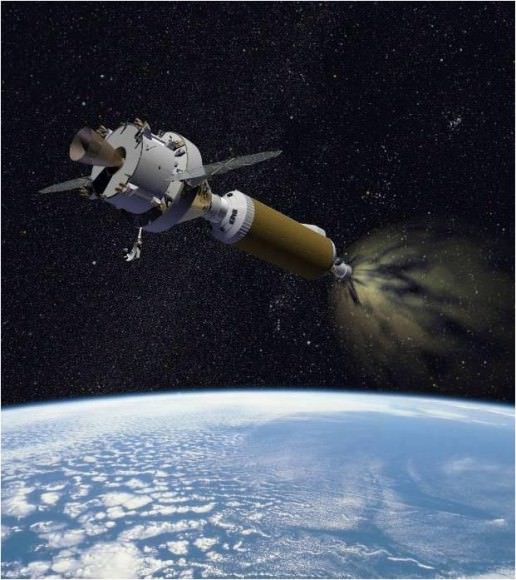
Lockheed has already constructed the initial Orion crew vehicle – known as the first article or Ground Test Article (GTA). The Orion GTA first article was built at NASA’s Michoud Assembly Facility (MAF) in New Orleans, LA where I inspected it after the structural framework was welded into one piece.
Following the installation of mass and volume simulators and a successful series of pressure tests, the first article was then shipped in February this year to the company’s new state-of-the-art Space Operation Simulation Center (SOSC) located in Denver, Colorado.
“At Denver, we are going to finish the assembly of the first article by July of this year so it looks like a spacecraft – adding the doors, windows, thermal tiles and more,” Karas said. “Then it undergoes rigorous acoustics tests until September – known as Shake and Bake – to simulate all aspects of the harsh environment of deep space.”
The next step after that was to send it to NASA Langley for intensive water drop landing tests. But that plan may well change Karas told me.
“The first article – or GTA – is flight worthy. So we don’t want to break the spacecraft during the water landing tests. In the newly revised plan it may be used on the 2nd Orion flight in 2014 instead of reserving it for ground tests only. It would fly with a service module, but not solar panels. The first article could even be the first flight vehicle if the program funding is insufficient.”
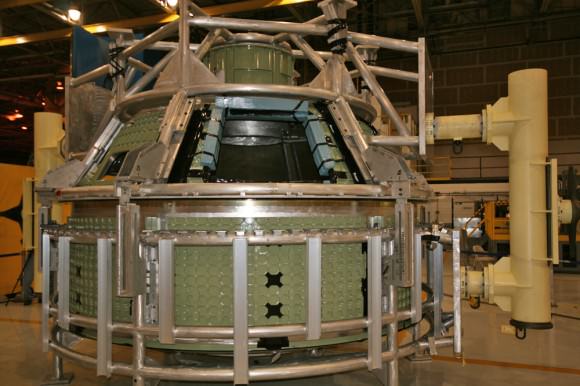
Orion cabin view with astronaut crew hatch and window openings at NASA Michoud Assembly Facility, New Orleans, LA is now undergoing testing and integration at Lockheed’s new state-of-the-art Space Operation Simulation Center (SOSC) in Denver, Colorado. Credit: Ken Kremer
“We have only half the budget for Orion that was planned earlier by NASA,” Karas stated.
“1500 less people are working on Orion since 1 year ago from the start to the end of 2010 – and that number includes all the subcontractors. We had to lay off a lot of people, including some folks we intended to hire.”
“MAF is now focused on building the composite structures of the first Service Module with about 200 people. That’s about half of what should have been about 400 folks. The earlier work at Michoud (MAF) focused on the metallic structures of the cabin for the first article,” said Karas.
To a large degree, launching astronauts to deep space is more a matter of sheer political will power then solving technical issues. And it all comes down to the bucks.
If NASA’s Heavy lifter is not available an alternative scenario with other expendable rockets would have to be developed to achieve the escape velocity required to send a crew of astronauts to the Moon.
Lockheed Martin has independently proposed a stepping stone approach that would send astronauts in Orion spacecraft to challenging deep space targets such as the Moon, and elsewhere such as Asteroids, Lagrange points and Mars that have never been done before and which I’ll feature in upcoming articles.
“Exploration missions that are affordable and sustainable will inevitably lead to technological innovation, to scientific discovery, and to public inspiration and spark an interest in STEM careers that can help the United States counter the overwhelming numerical disadvantage in college graduates it faces in these disciplines in developing third-world nations,’ says Karas.
Read my recent Orion and Shuttle articles:
NASAs First Orion Capsule and New Space Operations Center Unveiled
NASAs First Orion Capsule Ships for Crucial Deep Space Tests
President Obama to Attend Endeavour’s Last Launch on April 29
Shuttle Endeavour Photo Special: On Top of Pad 39A for Final Flight
‘In Flight’ Shuttle Orbiter retirement display planned by Kennedy Space Center Visitor Complex
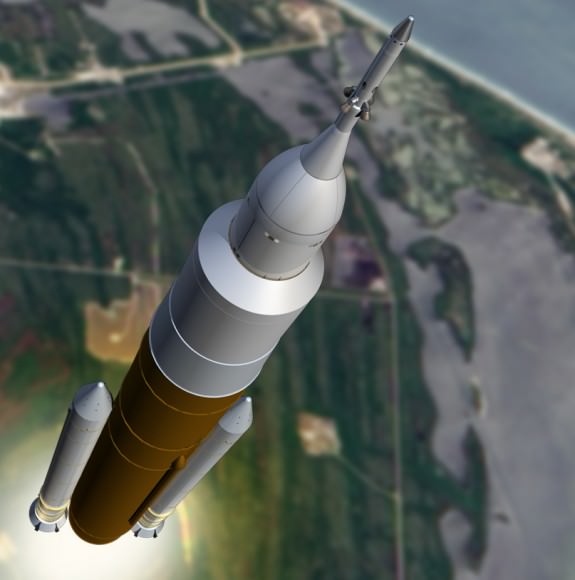
Orion could launch on a lunar flyby mission in 2016 atop NASA’s new Heavy lift booster from the Kennedy Space Center. Credit: Lockheed Martin.

